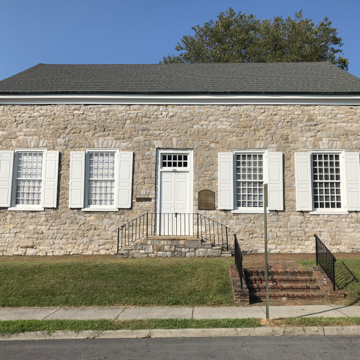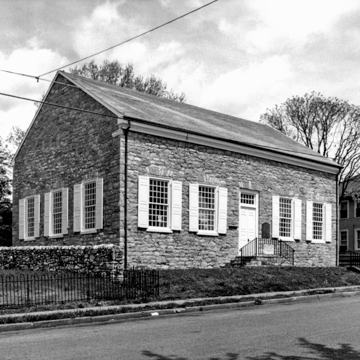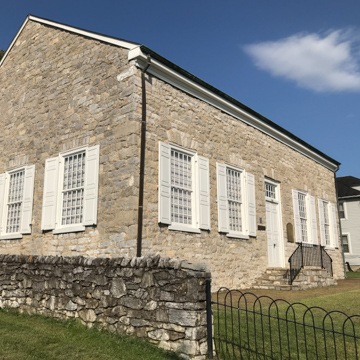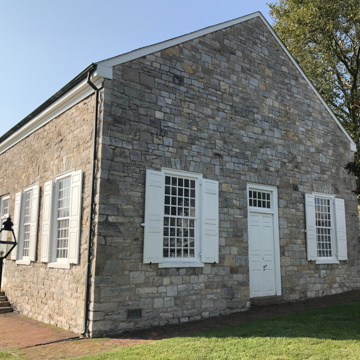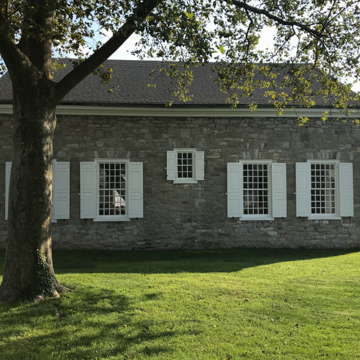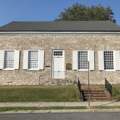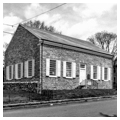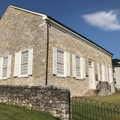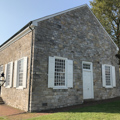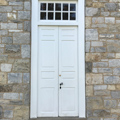Built as a branch of Frederick County Opequon Presbyterian Church, this relatively plain one-story limestone church has had several uses. After the congregation merged with another, they sold the church in 1834 to the Baptists. In 1875 they leased the building to the city and it was used as a school for African American children. It later was used as an armory by the local militia and was finally reacquired in 1932 by the Presbyterians, who restored (1941–1950) the church to its original appearance. The one-story, gable-roofed, rectangular stone building features large multipane windows, paneled wooden shutters, and flat stone arches with keystones above all the openings. The paneled double-leaf front door centered along the facade is topped by a ten-light transom. Inside, the church includes a gallery and its restored box pews.
You are here
Old Stone Church
If SAH Archipedia has been useful to you, please consider supporting it.
SAH Archipedia tells the story of the United States through its buildings, landscapes, and cities. This freely available resource empowers the public with authoritative knowledge that deepens their understanding and appreciation of the built environment. But the Society of Architectural Historians, which created SAH Archipedia with University of Virginia Press, needs your support to maintain the high-caliber research, writing, photography, cartography, editing, design, and programming that make SAH Archipedia a trusted online resource available to all who value the history of place, heritage tourism, and learning.










